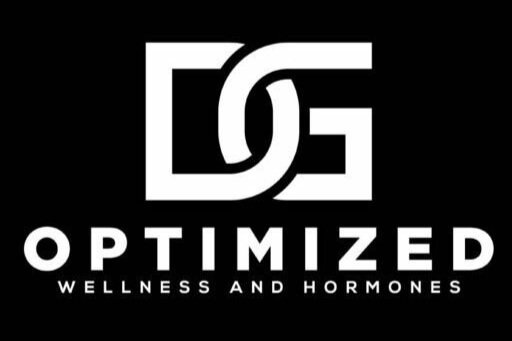Insulin Resistance and Cardiovascular Mortality.
Cardiovascular disease (CVD), a major cause of global mortality, is often linked with comorbidities such as obesity, altered lipid profiles, and insulin resistance (IR). IR, which disrupts glucose metabolism, can cause chronic inflammation and oxidative stress, damaging cells and contributing to heart disease via mechanisms such as altered signal transduction and metabolic control, and modified substrate transport.
"The Hyperinsulinemic Clamp Vs. HOMA Model: Tools for Assessing Insulin Resistance"
The hyperinsulinemic clamp (HIC) is traditionally considered the gold standard for assessing IR, but its use is limited due to its time-consuming, costly, and difficult nature. This study utilized the HOMA model as a simpler, practical, and affordable surrogate measure of IR.
"Linking Insulin Resistance with Severe Coronary Atherosclerosis: Findings in Non-Diabetic, Non-Obese Individuals"
Among non-diabetic and non-obese individuals undergoing coronary angiograms, this study found a strong correlation between high levels of HOMA IR (above the 75th percentile) and the presence of severe coronary atherosclerosis. These individuals, who are at risk of developing three-vessel disease, may be identified by a HOMA-IR value over 5.9. The study suggested HOMA-IR as a key predictor of CVD risk, even in non-diabetic populations.
"Impact of Gender on Insulin Resistance and Coronary Artery Disease Severity"
The correlation between HOMA and Gensini scores (measures of the severity of coronary artery disease) was found to be stronger in females than males, possibly due to the loss of protective effects of sex hormones after menopause. In fact, IR tends to increase with age and it has been demonstrated that IR can compromise the endothelium's ability to inhibit inflammation and sclerosis.
"Exploring the Connection Between Obesity, Body Mass Index, and Insulin Resistance"
Previous studies have documented the connection between obesity and IR, but this research found that IR can also develop in individuals with normal body weight. Most participants in this study were overweight, which may explain the association between increased body mass index (BMI) and widespread coronary atherosclerosis along with IR.
"The Benefit of Early Identification and Intervention in Insulin Resistant Individuals"
The findings suggested that the identification of IR in individuals with normal glycemia could highlight high-risk patients who may benefit from specific interventions such as medication, behavioral changes, or dietary adjustments.
"Addressing Study Limitations and the Need for Further Research on Insulin Resistance and Coronary Artery Disease"
However, the study also acknowledged limitations such as a small sample size and potential interference from medications already taken by patients for other CVD risk factors. Furthermore, it recognized the need for large multicenter trials to better understand the relationship between HOMA- IR and CAD angiographic severity.
"The Relevance of Insulin Resistance in Assessing Cardiovascular Disease Risk among Non-Diabetic, Non-Obese Individuals"
Despite these limitations, the study concluded that in non-diabetic and non-obese individuals, IR corresponds with CAD severity and expansions. A single HOMA-IR value higher than 5.9 in these patients may indicate an elevated risk for clinically significant CAD. As IR is reversible, risk stratifications of CVD in patients who are non-diabetic or non-obese could include HOMA-IR as one of its parameters.
Eid M, A. Sayed S, A. Zaki N, M. F. Hamdy A, M. A. Altaher A. HOMA estimated insulin resistance as a marker for angiographic severity of coronary artery disease in non-diabetic and non-obese patients. Caspian J Intern Med 2023; 14 (3) :495-506
URL: http://caspjim.com/article-1-3452-en.html.
At D&G we calculate HOMA-IR for you with our first set of labs and can use this value as a means of tracking your progress. As visceral fat melts away so does insulin resistance when optimizing hormone levels in both men and women. The HOMA-IR is a great, non-invasive calculation that is typically not evaluated by your PCP.
